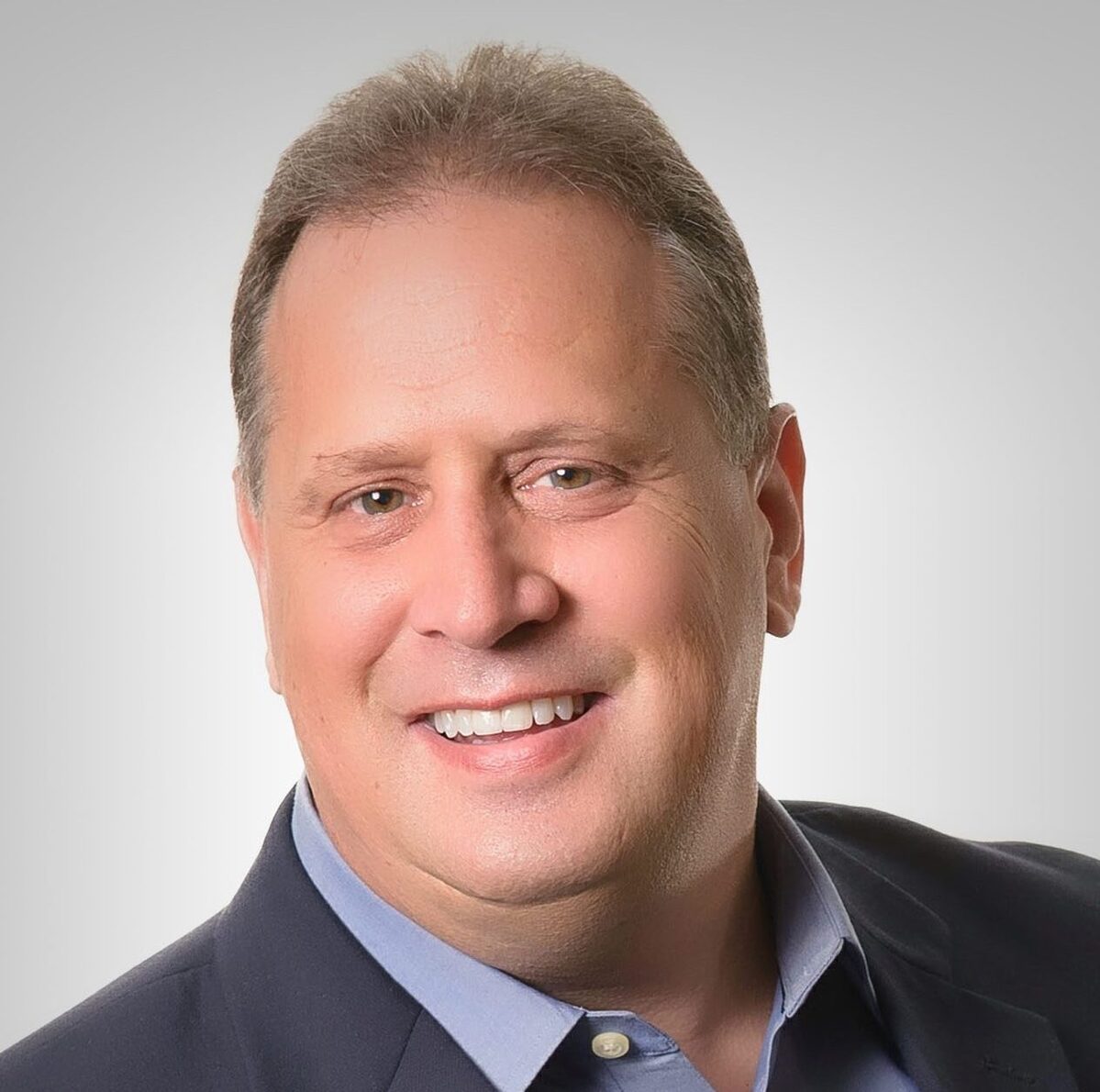Back from the brink: leading the Kodak comeback
Sponsored by Kodak
I’ve led turnarounds for companies in a wide range of industries and I’m currently in the middle of a five-year plan to turn around one of the world’s most iconic companies: Kodak. Kodak is a global enterprise with lots of different businesses and unique challenges, but in many ways, it’s like all the other companies I’ve turned around. And my strategy for bringing Kodak back follows the same template that has worked for me in the past.
Talk to employees
When you enter a new situation, it’s important to talk to the people who are already there – and I don’t just mean executives. I made a point of visiting Kodak factories and meeting the people who run the processes that drive our business. Instead of talking, I listened. And instead of thinking I could tell them all the answers, I was open and honest about needing their input. If you’re humble and respectful, you’ll get valuable insights and respect in return.
Strengthen the balance sheet
Any transformation starts with a strong balance sheet. Even a child running a lemonade stand knows that businesses exist to make a profit. And if you’re spending your revenue and your energy paying interest and meeting covenants, you’ll have a hard time getting into the black.
That’s why my priority when I took the CEO role at Kodak was to raise cash and start paying down roughly $300 million of looming term debt. And that was just the beginning. More recently, we completed a series of transactions that retired maturing debt and provided the company with up to $310 million of incremental cash for investing in our core businesses.
Over the past two-and-a-half years we’ve lowered our net debt by $346 million, reduced debt service costs dramatically and put Kodak in a stronger financial position than at any time since 2013. But that doesn’t mean our challenges are behind us. We have a solid foundation, which gives us options and time to execute our long-term plan.
Simplify the menu
When I took the reins at Kodak, the company had launched a smartphone and had announced a licensing deal for a branded cryptocurrency. Unfortunately, none of those directions leveraged our core skills and resources. And none of them were profitable.
One of my first moves was to make it clear to our customers, executives, employees and investors that under my leadership we would focus on the businesses we know best: commercial print and advanced materials and chemicals.
Kodak has been a chemical company since its inception in 1892 and commercial print accounts for roughly 80 per cent of our revenue. It’s in our DNA. We have people with decades of experience in the science that goes into our print products – things like dispersions and deposition coating. And we have an undervalued gem of an asset in our 1,200-acre Eastman Business Park industrial manufacturing and R&D campus.
In a turnaround, it’s critical to be honest with yourself about what your company really is. And that’s just what we’ve done at Kodak. We are an industrial manufacturer and proud of it. We have doubled down on our commercial print business, especially digital print, and invested in driving innovation. The overall print industry is not growing, but specific segments like packaging and labels are. And we will deliver the solutions our customers need to capitalise on those opportunities.
Always start with the customer
Unfortunately, too many companies lose sight of that simple starting point. Kodak was guilty of just that before I arrived. But we’ve since made key changes, all with the goal of putting the customer first.
Our business had been organised to serve ourselves: five divisions, each with its own salesforce and agenda. I quickly reorganised the business as ‘One Kodak’ with shared resources and a shared mission – to offer customers solutions comprising products and services from across our industry-leading portfolio. We’ve fixed our front end and now we’re working on the back end with the same goal in mind: to make it easy to do business with Kodak.
Even our R&D efforts are customer-focused. Before we spend money on anything, we make sure we’re developing a product or technology that addresses a specific customer need. We really listen to our Customer Advisory Board. It’s working: we’ve launched 10 print products in the past two years and have won eight industry awards for innovation.
The strategy is just the beginning
Don’t get me wrong: turning a big company around is not easy. And although the strategy I’ve outlined is simple, executing it is hard. You still need to make tough decisions, negotiate deals, drive change and say no more than yes. And you need a great team to make it happen – a team that has a balance of institutional expertise coupled with a fresh perspective, collaborates well, has bought into the plan and has had success executing other turnaround plans.
If you stay laser-focused and tune out the noise and distractions, you can succeed in saving jobs and creating value and opportunities for the next generation. And when that happens, you get to experience a feeling of satisfaction and pride that’s like nothing else in business.

Jim Continenza
Executive Chairman and CEO, Kodak

Business Reporter Team
Most Viewed
Winston House, 3rd Floor, Units 306-309, 2-4 Dollis Park, London, N3 1HF
23-29 Hendon Lane, London, N3 1RT
020 8349 4363
© 2025, Lyonsdown Limited. Business Reporter® is a registered trademark of Lyonsdown Ltd. VAT registration number: 830519543